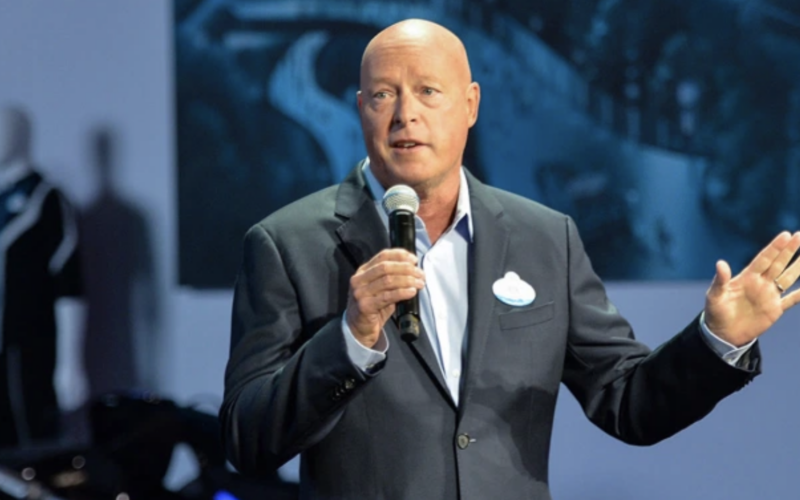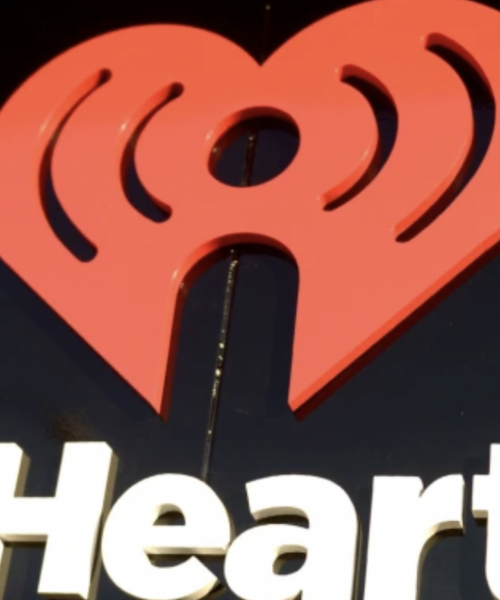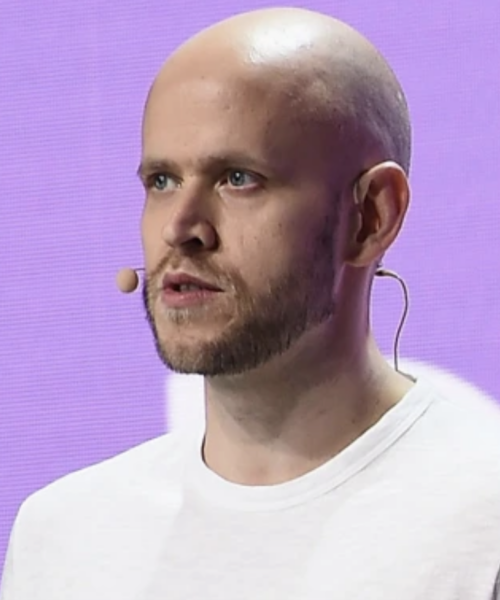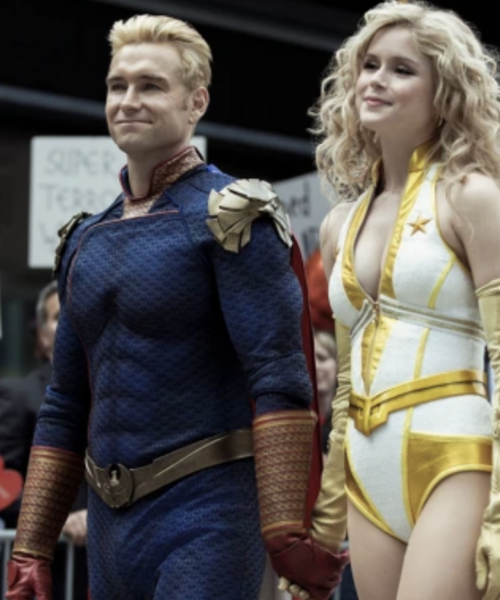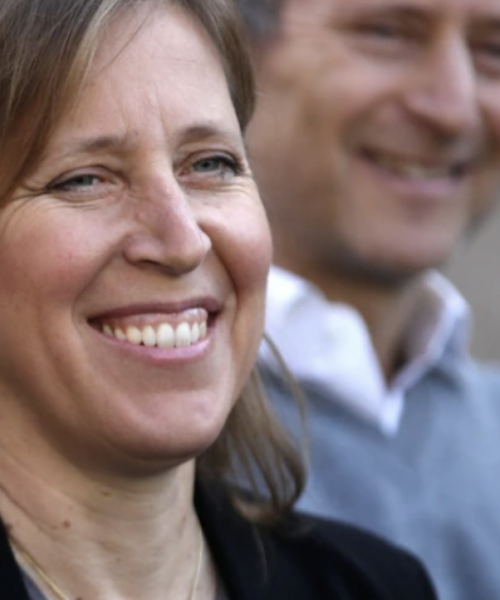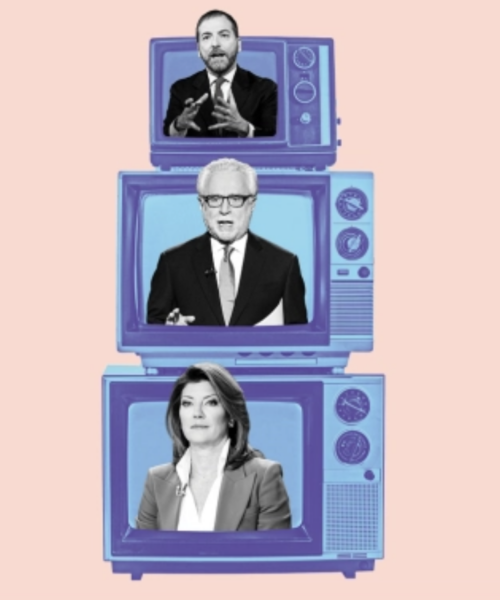BY J. CLARA CHAN, ALEX WEPRIN | HollywoodReporter.Com
Troy Warren for CNT #Digital
The success of the streaming bundle has led some investors to call for an all-in-one Disney+ streaming offering. Is CEO Bob Chapek interested? “Possibly.”
Bob Chapek isn’t ready to ditch the Disney streaming bundle of Disney+, Hulu and ESPN+ in favor of an all-in-one offering, but the Disney CEO isn’t taking the option off the table, either.
“So far, it’s worked really, really well,” Chapek told analysts on Thursday about the Disney bundle. “Is there an opportunity for improvement by considering something different going forward? Possibly, but we’re going to continue to learn. And as we learn, I’m sure we’ll refine our offerings in the marketplace as time goes on.”
Chapek said a “good chunk” of Disney’s marketing is now going toward the bundle, which offers Disney+, Hulu and ESPN+ together for $13.99/month (the company launched a new ad campaign for the bundle in late July featuring Guardians of the Galaxy star Dave Bautista as “The Streamer”). The company has not disclosed specifics on subscribers or churn rate for the bundle, but Chapek was adamant that the offering was a success for Disney.
“While we enjoy extremely low churn rates on our individual services, the churn rates on the bundle are even lower — surprisingly low even for us,” he said. “Our customers enjoy the price value of the bundle that we offer. They’re getting an incredible amount of content for a really good price.”
But it is this very success that is leading some investors to call on Disney to ditch the bundle. Because if millions of users are separately flocking to Disney+, Hulu and ESPN+, why not make that the core offering under Disney+ so users aren’t forced to pick and choose what they want from Disney?
That’s the argument coming from activist investors like Third Point’s Dan Loeb. In a letter sent to Third Point investors last week, Loeb said he urged Chapek to “capitalize on the full potential of Disney+” by offering its bundle as an “all-you-can-eat” offering under the Disney+ brand.
“The combined strength of Disney’s various sports, general entertainment, and blockbuster franchises remains unparalleled in the global media industry,” Loeb wrote. “The best way to capitalize on this strength to maximize future earnings potential globally (both reach and pricing power) is by providing an all-you-can eat DTC offering on a single platform under the Disney+ brand, where all theatrical content is available day-and-date with no additional fee to subscribers.”
Doing so would also bring Disney+ closer, in some respects, to the model championed by Netflix, which gives viewers a massive collection of content across genres and remains the streaming platform to beat globally with 209 million subscribers.
The strength that an all-in-one offering could provide doesn’t appear to be lost on Chapek either, who referenced the Star content hub currently available in Europe, Canada, Australia, New Zealand and Singapore that streams programming geared more toward adults within Disney+. But the Disney chief hinted at “constraints” around licensing and consumer diets in various markets that may currently prevent Disney from pursuing a supercharged Disney+ offering across the board.
“Obviously, the proposition that we have in Europe with Star as a sixth brand tile looks significantly different than our relatively unbundled approach that we have in North America,” he said. “There may also be certain constraints that we’re under that could at least, from a short-term standpoint, limit our ability to do what long term we might feel was ideal, but frankly we don’t know what’s ideal yet.”
While Disney+ is the runaway success of Disney’s streaming services, it is Hulu that forms the glue keeping the Disney Bundle together in the U.S. Since the launch of the bundle in Nov. 2019, ESPN+ and Disney+ have had three $1 price increases between them. The bundle, however, has only seen its price go up by $1 since launch to $12.99 per month. In other words, the bundle is becoming a better value over time. Whereas at launch the bundle saved users $5 per month off the retail price of all three services, it now saves users $7 off retail.
That can mostly be chalked up to Hulu, which has seen its average revenue per user (ARPU) rise by 15 percent, or just under $2, over the last year (from $11.39 to $13.15), offsetting the net $2 price increase almost exactly. When you consider that a majority of Hulu subscribers pay for the $5.99 ad-supported tier, the ARPU is impressive.
That rise in ARPU is attributable to “higher sell-through rates, a lot of addressable advertising and a significant ramp-up in the dynamic ad insertion technology that we have within Hulu Live,” Disney CFO Christine McCarthy said on the earnings call.
The rise in advertising revenue follows the launch of the Disney Hulu XP ad platform in 2020, and Disney Select and the Disney Real-Time Ad Exchange this year, bringing programmatic options and more premium ad opportunities to the platform.
“Over and over again, we were told [by marketers] that we want to invest in premium content, and we want to be on the screens that matter, driving incrementality and becoming a reach machine,” Disney ad sales chief Rita Ferro told THR last year.
Of course, Disney+ is still relatively young; the streamer will hit its two-year anniversary this November. It’s only inevitable that the platform will continue to evolve — and that might include the end of the bundle.
“We’re in the first inning of the first game of a long season, and we’re taking all this into account,” Chapek said.
In Other NEWS


























